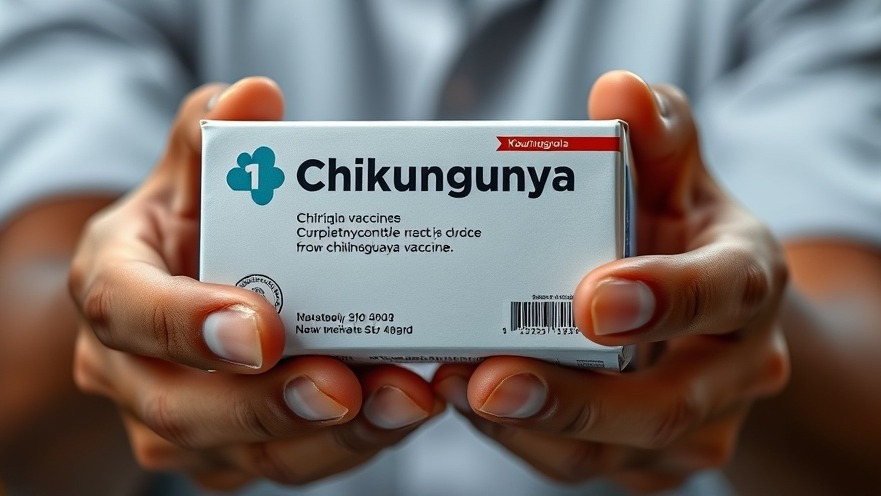
Bridging the Health Care Gap: Opportunities for Japan and the U.S.
As two of the world's leading economies, Japan and the United States face similar challenges within their health care systems despite cultural and structural differences. The emphasis on preventative care and technological innovation in Japan presents opportunities for collaborative efforts that could transform health delivery in the U.S. This article explores potential areas of partnership that can enhance health and wellness for both nations.
Learning from Japan's Preventative Health Approaches
Japan is known for its exceptional health outcomes, attributed largely to its focus on preventive care. Citizens undergo regular health screenings, which prevent conditions like diabetes and heart disease from progressing. Integrating these practices into the U.S. system can significantly improve patient outcomes and reduce long-term health care costs. Imagine a world where early detection and intervention shape the American health experience. The U.S. could adopt similar screening programs and incentives for regular health checks.
Leveraging Technology for Enhanced Health Services
Both Japan and the U.S. are at the forefront of technological innovations in health care. Japan’s advanced telemedicine solutions could serve as a model for U.S. practices, particularly in rural areas where access to health care providers is limited. Implementing shared platforms for telehealth could address not only access disparities but also streamline communication and treatment plans among various health services.
Shared Research Initiatives: A Gateway to Better Understand Global Health Issues
Collaboration between American and Japanese institutions in health research can yield impactful results. Projects addressing aging populations, mental health, and chronic diseases can benefit from a combined expertise. Moreover, initiatives that promote information sharing on emerging health threats, such as pandemics, could enhance global preparedness, ensuring that both countries can tackle future crises together.
Understanding Diverse Perspectives: A Cultural Exchange for Better Practice
Engaging in cultural exchanges can yield significant benefits in health care practices. By understanding each nation’s approach to health, practitioners can adopt innovative strategies suited to their own contexts. For U.S. professionals, immersing in Japan’s health culture—its emphasis on balance, diet, and community support—can inspire a more holistic view of health and wellness.
Future Trends: Japan's Aging Population and Its Implications for the U.S.
Japan faces a rapidly aging population, which poses unique challenges and opportunities. The country’s response to elder care could serve as a blueprint for similar issues emerging in the U.S. By investing in programs that support the elderly, both countries can collaborate on measures that not only address care for older adults but also improve the overall well-being of their populations. Innovative elder care strategies, such as community health programs and shared living arrangements, could enhance health outcomes.
Conclusion: A Collaborative Future in Health and Well-being
The potential for Japan and the U.S. to collaborate on health initiatives is vast. By sharing best practices, embracing technology, and fostering shared research opportunities, both nations can create a more robust health care system that prioritizes prevention and well-being. As we move toward a more interconnected future, understanding cultural nuances and tackling shared challenges together is not just beneficial; it is essential for achieving sustainable health for all.
Join the conversation: How do you think international collaborations can reshape the health landscape? Share your thoughts for a healthier future!
 Add Row
Add Row  Add
Add 




Write A Comment